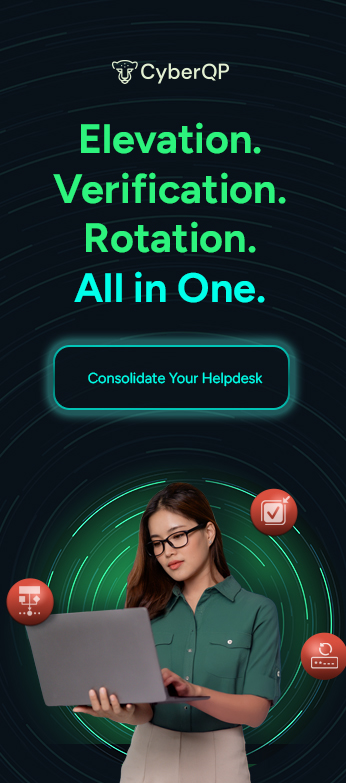Many IT environments still grant broad, persistent access to technicians, contractors, and internal users, often without clear justification or active oversight. These standing privileges may seem convenient, but they represent a major liability. Excessive access expands the attack surface, increases the risk of lateral movement during a breach, and complicates audit readiness.
Least privilege access (LPA) offers a proven alternative. It ensures users only receive access to the systems and data they need, nothing more, and only when they need it. No more standing admin rights. No more blind spots. This approach significantly reduces risk exposure while helping teams meet compliance standards with minimal disruption.
For modern IT teams, especially those managing multiple environments or clients, enforcing least privilege access is not just a best practice, it’s the foundation of a strong privileged access management (PAM) strategy.
What Least Privilege Access Really Means
LPA isn’t about limiting productivity. It’s about aligning access with need, controlling permissions with surgical precision. That means granting the least amount of privilege necessary for a task, and revoking it immediately after.
When applied consistently, least privilege prevents privilege creep, limits exposure in the event of a credential compromise, and helps block unauthorized lateral movement across networks. For helpdesk teams, this means moving away from shared or persistent admin accounts in favor of just-in-time (JIT) access with strong identity verification and full session logging.
With the right privileged access management platform in place, enforcing least privilege becomes efficient, scalable, and audit-ready, a critical advantage for fast-moving IT teams.
The Business Case for Enforcing Least Privilege
1. Contain Identity-Centric Threats:
According to Expel’s Threat Report, 68% of security investigations now involve identity-based threats, and incidents involving compromised credentials are on the rise. Limiting access based on the principle of least privilege dramatically shrinks the potential blast radius of a stolen account, reducing attacker mobility and dwell time.
2. Meet Compliance and Insurance Requirements:
Frameworks like CIS Controls, HIPAA, and SOC 2 emphasize minimizing privilege, enforcing strong identity controls, and maintaining audit trails. Least privilege access supports these goals by restricting access and generating the documentation needed for compliance and cyber insurance eligibility.
3. Improve Operational Efficiency:
Teams that rely on manual access provisioning are often overwhelmed with low-value requests and account cleanups. Implementing least privilege access with self-serve, policy-based approvals cuts through this noise. It gives technicians the access they need to do their jobs without overwhelming system admins or opening the door to unnecessary risk.
4. Scale Securely with Your Business:
As MSPs and internal IT teams scale, so do access needs. Without automation and structure, managing user privileges across multiple environments becomes unmanageable. By integrating least privilege access into a modern privileged access management platform like CyberQP, IT leaders can enforce consistent policies across clients, departments, and regions.
Common Barriers and How to Overcome Them
Despite the benefits, many organizations delay adopting least privilege access due to perceived complexity or resource constraints. Here’s how to tackle the most common obstacles.
- Limited Visibility: Begin by auditing who has access to what. Many teams are surprised by how many dormant or over-permissioned accounts exist. This visibility is a cornerstone of any serious privileged access management effort.
- Cultural Pushback: Change can be met with resistance, especially if admins believe least privilege access will slow them down. Emphasize how tools like CyberQP streamline secure access through JIT elevation and fast, verified approvals.
- Tool Limitations: Older systems may not support fine-grained or time-based access. Choosing the right PAM solution, one built for MSPs and hybrid IT environments, is key. CyberQP is purpose-built to address these challenges while maintaining operational agility.
Why It Matters Now
SMBs and MSPs face more pressure than ever, from regulators, insurers, and attackers alike. According to the Verizon DBIR, 88% of ransomware breaches involve SMBs, and over half stem from compromised credentials. Cyber insurance providers are now requiring strong PAM practices to maintain coverage, including zero standing privileges and audit-ready controls.
With identity as the new perimeter, access is the new vulnerability. Enforcing least privilege access is no longer optional; it’s essential. CyberQP enables teams to adopt this strategy with confidence, combining ease of use with enterprise-grade security.
Learn how CyberQP helps enforce least privilege access and transform your approach to privileged access management. Explore our platform and book a demo today.


